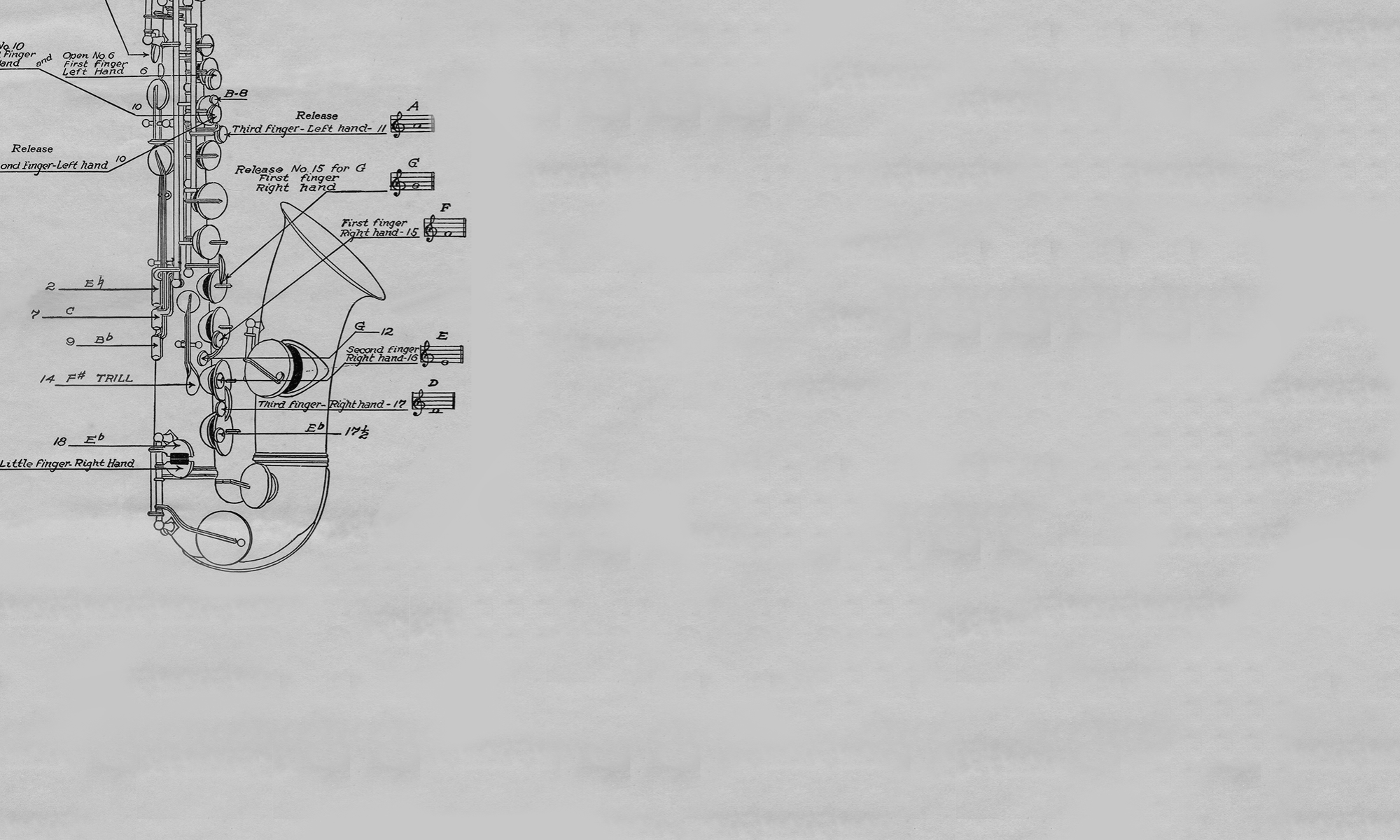from the James L. Benefiel Papers and Music Instruments
The York Music Company developed this fingering chart for beginning music students learning to play the soprano, alto, tenor, baritone, and bass saxophones. With the advent of America’s school band movement in 1920, school bands began springing up across the country creating demand for low-cost student instruments and easy to follow method books. Instrument manufacturers’ and book publishers’ efforts to simplify students’ mastery of their instrument produced a wide variety of fingering charts like the one displayed.

One of Adolphe Sax’s greatest design accomplishments with his family of transposing saxophones was the development of a single key pattern applied to all saxophones regardless of their size and key. This innovative design essentially made it possible to use the same fingering for a notated pitch across the entire family of saxophones, which made it much easier for musicians to master the rudiments of any of these horns. As music companies like J.W. York continued to experiment throughout the 1920s and 1930s with different saxophone designs to enhance the saxophone’s intonation and playability, new key layouts and alternate fingering patterns (see below) were developed to meet musicians’ demand for better instruments.


